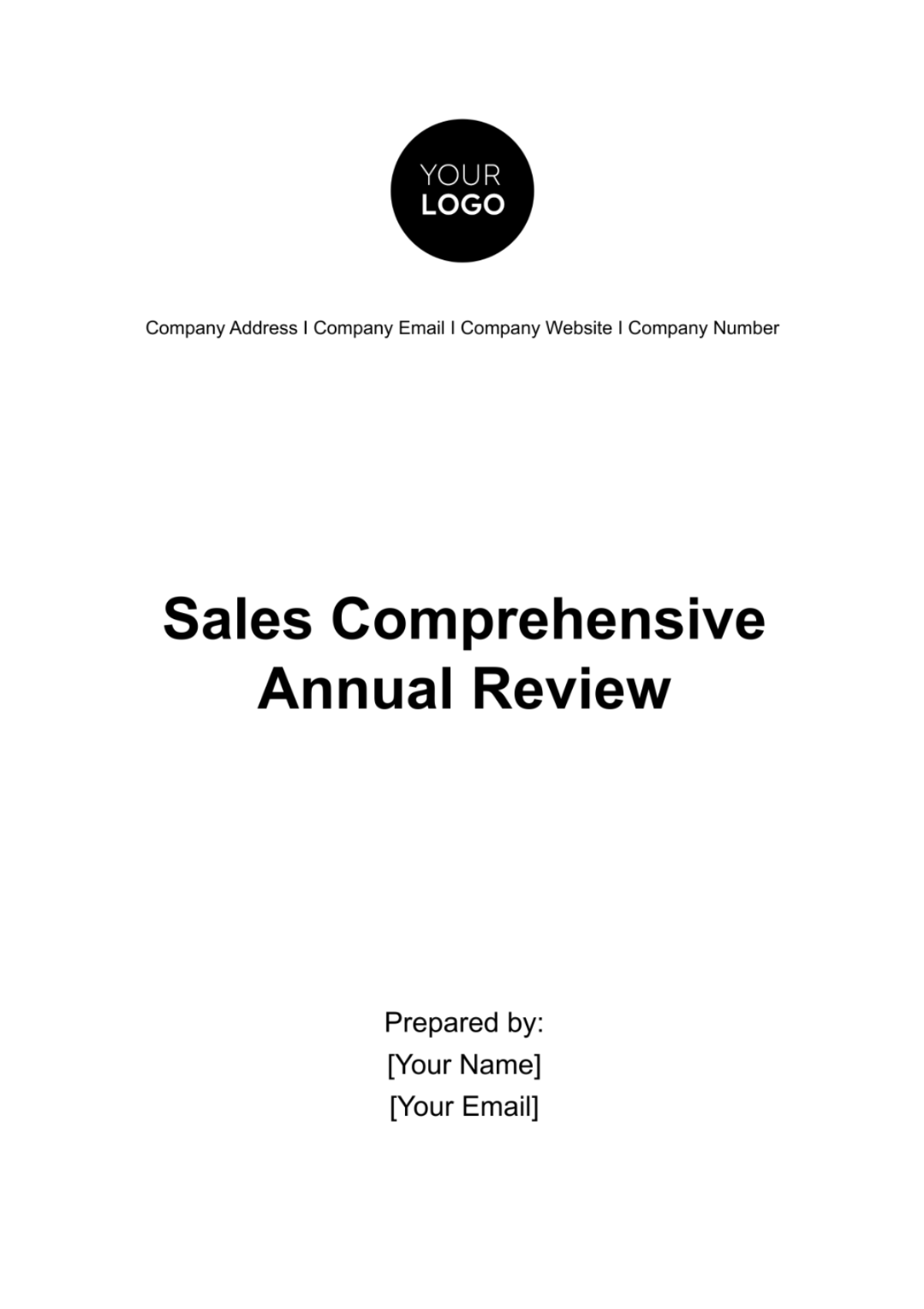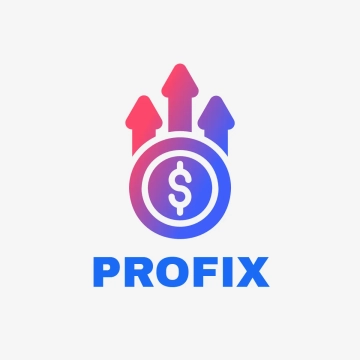Free Sales Comprehensive Annual Review

I. Executive Summary
In the past year, [Your Company Name]’s sales department has achieved remarkable results. We exceeded our revenue target, recording a 12% increase compared to the previous year, driven by strong demand for our new product lines and effective digital marketing campaigns. Our customer satisfaction ratings reached an all-time high of 94%, showcasing our commitment to service excellence.
Challenges included intermittent supply chain disruptions due to global logistics issues. However, our agile response and vendor diversification strategies helped mitigate the impact. As we move forward, this comprehensive review will provide a detailed analysis of our sales performance, market trends, and strategies to ensure continued success.
II. Sales Objectives and Goals
In the fiscal year, our company set clear and ambitious sales objectives and goals to drive growth and success. These goals were designed to guide our efforts and ensure we meet our targets for the year.
A. Revenue Targets
Our primary objective was to achieve a revenue target of $12 million, representing a 15% increase compared to the previous year. This ambitious goal was underpinned by our strategy to expand our product offerings and increase market penetration.
B. Market Share Goals
We aimed to gain an additional 3% of market share within our industry. This involved launching targeted marketing campaigns, optimizing our pricing strategies, and enhancing customer loyalty programs.
C. Key Performance Indicators (KPIs)
We tracked several KPIs to measure our progress, including a decrease in customer acquisition cost (CAC), a 20% increase in customer lifetime value (CLV), a 10% improvement in sales conversion rates, and achieving a customer satisfaction score of 90+.
These sales objectives and goals were pivotal in shaping our strategic direction for the year. In the subsequent sections of this report, we will evaluate our performance against these benchmarks, providing insights into our achievements and areas for improvement.
III. Sales Performance Metrics
This section provides a comprehensive analysis of our sales performance over the past year which will be presented in the following table. To vividly illustrate the composition of our revenue, we've also included a pie chart. This chart visually represents the contribution of each product category, helping us identify the categories that have the greatest impact on our overall revenue.
Product Category | Revenue Breakdown (Percentage) |
[Category A] | 37.9% |
[Category B] | 22.7% |
[Category C] | 18.2% |
[Category D] | 12.1% |
[Category E] | 9.1% |
The "Revenue Breakdown by Product Category (2053)" pie chart offers a visual snapshot of our sales performance. Each slice represents a distinct product category, and its size reflects the proportion of revenue generated. This chart vividly illustrates which product categories contributed most significantly to our overall revenue, guiding our strategic decisions and focus areas for continued growth.
IV. Market Analysis
In this comprehensive market analysis, we dissect the factors that have influenced our sales performance in the past year. Understanding the market conditions, industry trends, and competitive landscape is essential to shaping our strategic direction.
In the past year, the U.S. economy remained relatively stable, with a GDP growth rate of 3.2%. This economic stability boosted consumer confidence, leading to increased consumer spending in our industry.
A. Market Size and Potential
Our target market segments showed promising potential. The total addressable market (TAM) for our products expanded by 8%, primarily driven by population growth and increasing disposable incomes among our target demographics.
B. Consumer Sentiment
Consumer sentiment improved significantly, with consumer confidence index scores reaching a two-year high. This optimism translated into higher sales volumes, especially during the holiday season.
C. Regional Variations
We noted regional variations in economic conditions, with some areas experiencing faster growth than others. This insight helped us tailor our marketing and sales strategies to capitalize on regional opportunities.
V. Sales Strategies and Tactics
In the past year, our sales department executed a range of strategies and tactics to drive revenue growth and meet our sales goals.
Strategy/Tactic | Details |
Marketing Campaigns | We launched several successful marketing campaigns that significantly contributed to our sales performance. One noteworthy campaign was our "Summer Savings Spectacular," which offered exclusive discounts and promotions during the peak summer season. This campaign resulted in a 15% increase in sales during the summer months. |
These strategies and tactics collectively propelled our sales department toward achieving and surpassing our sales goals, setting the stage for continued growth in the year ahead.
VI. Sales Team Performance
This section provides an evaluation of our sales team's performance over the past year, highlighting key achievements, training initiatives, and areas for improvement.
A. Individual and Team Achievements
Our top-performing sales representative, Sarah Jane Benson, achieved remarkable results, contributing $2.5 million to our revenue and earning recognition as the Sales Rep of the Year.
Michael Miller, the most improved representative, demonstrated a remarkable 30% increase in sales, showcasing his dedication and potential for continued growth.
B. Training Initiatives
We conducted a series of targeted sales training workshops, covering essential topics such as product knowledge, objection handling, and sales techniques. The participation rate averaged 95%, demonstrating our team's commitment to continuous learning.
Training effectiveness was rated at 4.5 out of 5, indicating that our training initiatives have been highly beneficial in enhancing our sales team's skills and capabilities.
C. Areas Requiring Improvement
We have identified areas for improvement, including the need for more effective lead follow-up and enhanced communication between our sales and marketing teams.
To address these challenges, we have developed a comprehensive action plan that includes regular sales team meetings to foster collaboration and improved lead management processes.
This evaluation provides valuable insights that will guide our efforts to further strengthen our sales team's performance in the upcoming year.
VII. Customer Analysis
This section provides a comprehensive overview of our customer base, shedding light on demographics, buying behavior, and, where available, customer satisfaction survey data.
A. Demographics
Age groups span from 18 to 65+, with the majority falling within the 25-45 range.
Gender distribution is fairly balanced, with 52% male, 48% female, and a 2% other gender category.
Geographical location reveals a diverse customer base, with strong representation across various U.S. regions.
Income brackets vary, with a significant portion falling within the $40,000 to $80,000 range.
B. Buying Behavior
Customers exhibit regular purchase behavior, with an average frequency of 2.5 purchases per month.
Preferred sales channels are evenly split, with 55% of customers shopping online and 45% choosing retail stores.
Average order value stands at $75, reflecting a balanced mix of high and low-value purchases.
Seasonal patterns indicate increased buying activity during the holiday season.
C. Customer Satisfaction Surveys
Customer satisfaction scores average at 92%, reflecting a high level of contentment.
Key strengths highlighted in surveys include product quality, timely delivery, and customer support.
Areas for improvement include enhancing the user interface on our website and streamlining the return process.
Loyalty rates are strong, with 75% of customers making repeat purchases within six months.
VIII. SWOT Analysis
This section presents a SWOT analysis specific to our sales function, outlining our strengths, weaknesses, opportunities, and threats in the context of sales operations.
Strengths | Weaknesses |
|
|
Opportunities | Threats |
|
|
This SWOT analysis serves as a strategic guide, helping us leverage our strengths, address weaknesses, capitalize on opportunities, and mitigate threats within our sales function.
IX. Action Plan for the Next Year
In this section, we outline our comprehensive action plan for the upcoming year, detailing strategies, tactics, goals, budget allocation, resource needs, and timelines. This plan is essential for guiding our sales efforts and ensuring alignment with our overall business objectives.
Objective/ Strategy | Tactics | Budget Allocation | Resource Requirements | Timeline |
Expand Market Presence | Launch new product lines | $500,000 | Sales and marketing teams | Q1 - Q3 |
X. Recommendations
In this section, we present actionable recommendations derived from our comprehensive review. These insights aim to improve sales processes, strategies, and team performance, ensuring our continued success and adaptability in the ever-evolving market landscape.
A. Enhance Sales-Marketing Collaboration
Foster closer alignment between the sales and marketing teams to ensure a seamless customer journey. Regular communication and joint strategy development will improve lead quality and conversion rates.
B. Invest in Sales Technology
Implement advanced CRM systems and analytics tools to empower the sales team with data-driven insights. Automation of routine tasks and better lead tracking will enhance efficiency and enable more personalized customer interactions. Additionally, explore AI-driven sales forecasting to optimize inventory and resource allocation.
These recommendations stem from our comprehensive review and aim to bolster our sales processes, strategies, and team performance. By embracing collaboration and technology, we will be better positioned to adapt to evolving market dynamics and drive sustainable growth.
- 100% Customizable, free editor
- Access 1 Million+ Templates, photo’s & graphics
- Download or share as a template
- Click and replace photos, graphics, text, backgrounds
- Resize, crop, AI write & more
- Access advanced editor
This Sales Comprehensive Annual Review Template from Template.net is an editable review designed to help you review your year in detail! It ensures you capture every important detail in just a few clicks! This is conveniently customizable with our AI Editor Tool allowing you to modify the template with ease!





























